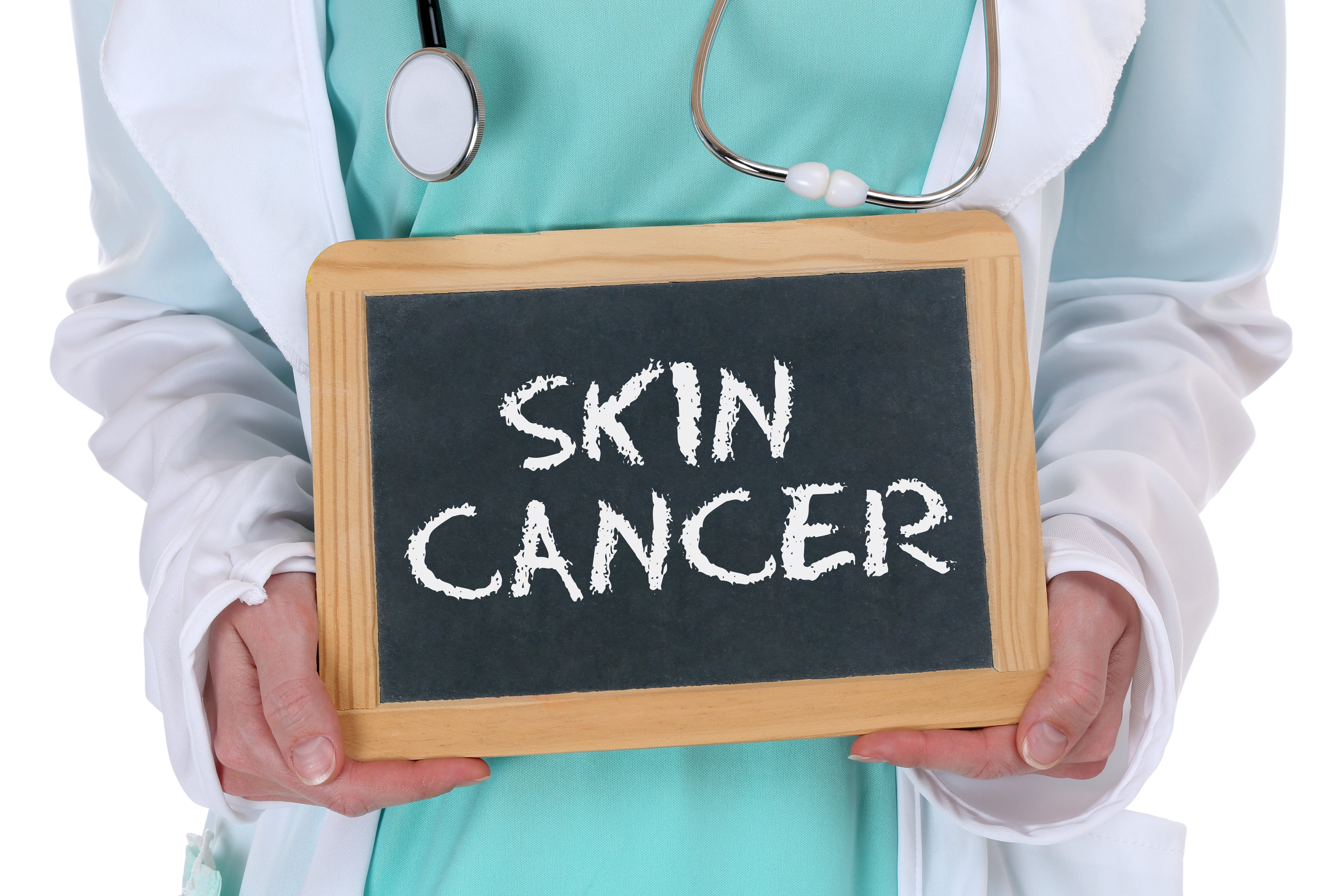Skin cancer: What you need to know
Australia is the skin cancer capital of the world, accounting for over a quarter of cases globally. In fact, two in three Aussies will be diagnosed with the potentially deadly disease by the time we reach 70. So what exactly is skin cancer? Are some types worse than others? And what does treatment involve? This is what you need to know about skin cancer.

What is skin cancer and how is it caused?
Most skin cancers are locally destructive cancerous growths on the skin. They originate from the cells in the outer layers of the skin, called the epidermis. The vast majority of skin cancers are caused by exposure to the sun's ultraviolet radiation, which damages the cells and causes tanning, sunburn, pigmentation, freckles, and potentially turns those cells cancerous. Skin cancers will often develop years after sun exposure has occurred.
Some skin cancers, such as melanoma, can also appear in areas that haven't been exposed to the sun. Melanoma can be hereditary; if your parent, sibling or child has had a melanoma, your own risk increases by 50 per cent.
Some types of skin cancer don't spread to other parts of the body, but grow larger on the skin and cause disfigurement and pain. Melanoma, however, can quickly spread to other organs in the body and become deadly.
What are the types of skin cancer?
There are three main types of skin cancer:
- Basal cell carcinoma: This is the most common type of skin cancer, originating in the skin cells and most often appearing on very sun-exposed areas such as the face, ears and torso, especially in older people. Basal cell carcinomas can have few symptoms.
- Squamous cell carcinoma: This is the second most common type of skin cancer and it also originates in the skin cells. Squamous cell carcinoma can be very painful and can rarely spread to other areas of the body.
- Melanoma: Although less common, melanoma is very dangerous. It originates in the pigment-producing skin cells, called the melanocytes. It can rapidly spread throughout the body.
Both basal and squamous cell carcinomas may appear as a sore that bleeds, oozes, crusts, or just won't heal. They begin as a slow-growing bump on the skin that may bleed easily. Both these types of skin cancer may ulcerate and have raised edges.
Actinic keratoses (also called solar keratoses) are a particular type of lesion that are considered precancers. If left untreated, up to 10 per cent of actinic keratoses develop into squamous cell carcinomas. They appear as scaly, crusty lesions, often on the face, scalp and hands, and are caused by damage from ultraviolet radiation. They can usually be treated with topical creams.
Learn more about the types of skin cancer.
What are the symptoms?
Signs of basal cell carcinoma include:
- A shiny pink, red, pearly, or translucent bump
- Pink skin growths or lesions with raised borders that are crusted in the centre
- Raised red patch of skin that may crust or itch, but is usually not painful
- A white, yellow, or waxy area with a poorly defined border that may resemble a scar
Signs of squamous cell carcinoma include:
- Persistent, scaly red patches with irregular borders that may bleed easily
- Open sore that does not go away
- A raised growth with a rough surface that is indented in the middle
- A wart-like growth
For the signs of melanoma, see our ABCDE melanoma guide.
What are the treatment options?
The method of treatment depends on the location and size of the skin cancer and your own health.
- Topical medications: Some superficial skin cancers can be treated with creams, gels and solutions such as imiquimod (which stimulates the body's immune system to attack the cancer) and fluorouracil, a chemotherapy drug. Side effects of topical treatments include redness, inflammation and irritation.
- Curettage and cautery: The area is numbed with a local anaesthetic and is repeatedly scraped with a curette before the edge is cauterised with an electric needle. It is a fast, easy, and relatively inexpensive treatment for skin cancer, but can leave an unsightly scar and has a recurrence rate as high as 15 per cent.
- Surgical excision: A portion of tissue including the tumour is surgically removed and then the wound is closed with stitches. For large skin cancers, skin grafts or flaps are needed to close the wound. Surgery offers a cure rate of more than 90 per cent and the specimen can be examined to ensure all cancerous cells have been successfully removed.
- Radiation therapy: 10 to 15 treatment sessions deliver a high dose of radiation to the tumour and surrounding skin. This form of treatment is useful for those unable to undergo surgery, such as elderly people. The advantage of radiation therapy is that there is no cutting involved; however, radiation scars look worse over time.
- Combination therapy: In cases where a melanoma skin cancer has spread to other organs in the body, a combination of treatments can be used. This may include surgery to remove the tumour from the lymph nodes or organs, chemotherapy, radiation therapy, or even immunotherapy in which medication stimulates the immune system to fight off cancer cells.
Learn more about skin cancer treatments.
How can skin cancer be prevented?
Adopting sun safe habits can protect you against skin cancer. Read more about sun protection.
Skin cancer is mostly curable if found early, so yearly professional skin checks are essential.
